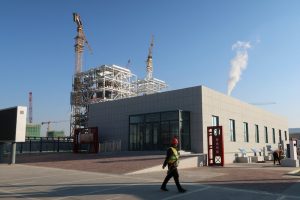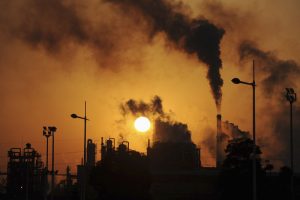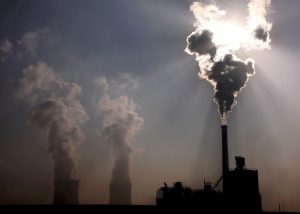Latest News: China Coal

But the world’s second-largest economy still needs to navigate major challenges to meet its overall climate goals — the biggest being a booming demand for power

Beijing is under pressure to accelerate the decarbonisation of its heavy industries ahead of looming carbon tariffs from the European Union

Beijing is looking to bring 1.28 billion tons more of coal mining capacity online over the next few years, drawing criticism from climate campaigners

The country’s energy regulator has overseen the installation of 1,200 gigawatts of wind and solar power six years ahead of schedule

Analysts speculate that the reduction in approvals could be the result of so many projects being given the go-ahead last year

China's coal-fired power is giving up market share to cleaner alternatives, amid the rapid installation of solar capacity and also wind sources

China is the world’s biggest emitter of greenhouse gases and has set ambitious targets to cut down its emissions, including hitting peak carbon levels by 2030

From 2026 onwards, China will set its focus on controlling emission intensity across provinces and industries

New coal power was brought online in China – and Indonesia, India, Vietnam and Japan – while there was a slowdown in closures in Europe and the US

Beijing said it will reduce coal consumption in the Beijing-Tianjin-Hebei region by about 10% from 2020 levels by 2025

Beijing’s special climate envoy, Xie Zhenhua, will tell the COP28 climate meeting new energy sources aren’t reliable enough yet to replace coal and oil

Indian government officials have revealed New Delhi is trying to win more support for alternative routes to a net zero future, which could even include using coal
AF China Bond
- Popular

















